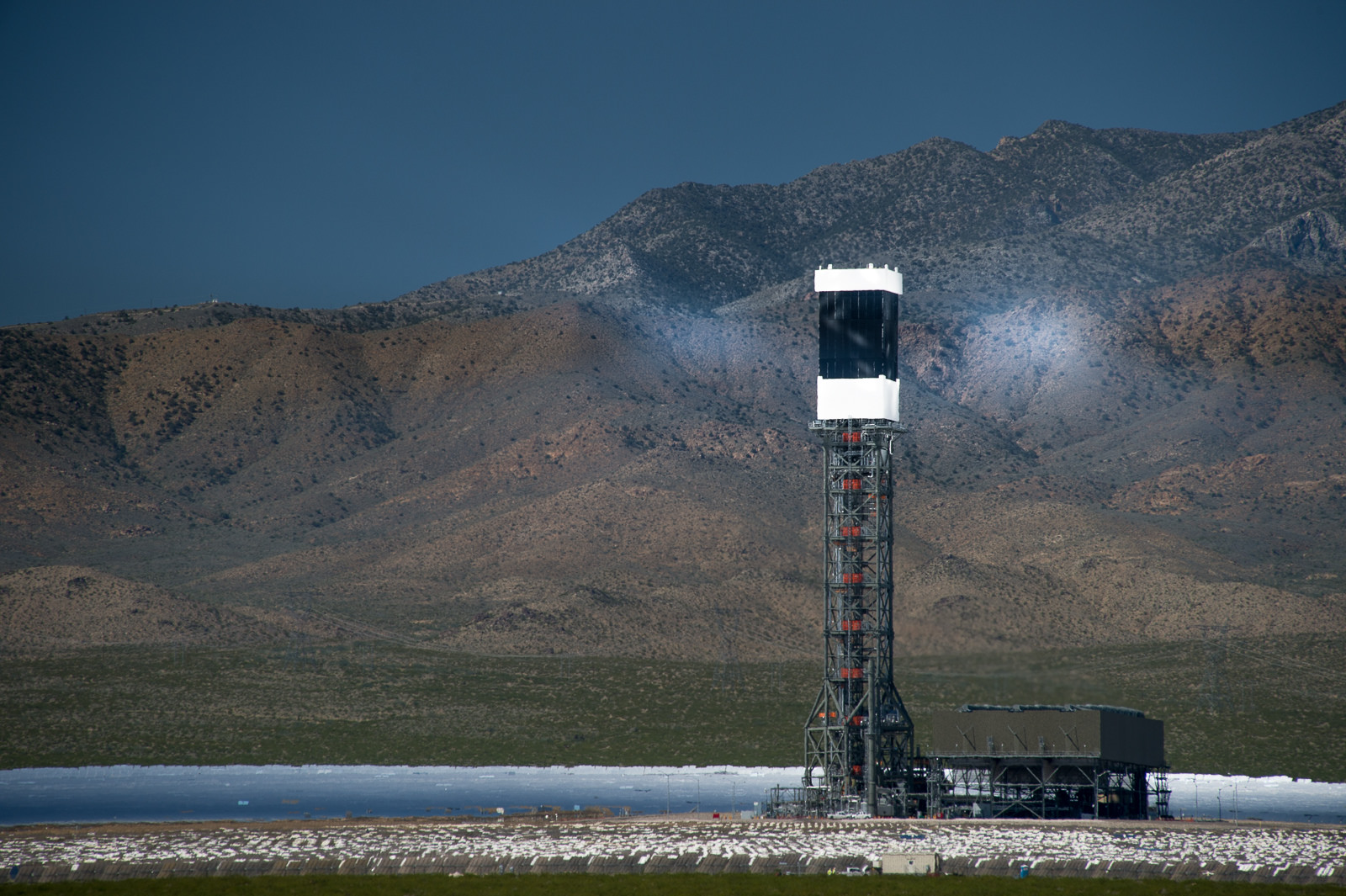Climate Change and California: A State Where Scientists Have the Ears of Policymakers

The Ivanpah Solar Electric Generating System in the Mojave Desert produces solar power for southern California. Photo: Howard Ignatius/flickr
BERKELEY, California—On 13 November, a letter signed by more than 15,000 researchers, titled “World Scientists’ Warning to Humanity: A Second Notice,” appeared in the journal BioScience. Coming 25 years after the first such warning from the scientific community, the letter notes how little we have done to stop the negative environmental trends that irreversibly damage the Earth and seriously threaten our well-being.
“Humanity has failed to make sufficient progress in generally solving these foreseen environmental challenges, and alarmingly, most of them are getting far worse,” the scientists wrote.
The remedies, the authors wrote, are based on key ingredients: civil-society pressure, political leadership and a solid understanding of how to enact environmental policy. Few scientific communities have better understood these ingredients than the one in California.
The secret of California's success
As part of the World Conference of Science Journalists 2017, leading climate change researchers at the University of California, Berkeley, and Lawrence Berkeley National Laboratory shared their perspectives on why California has become one of the world leaders in policies to reduce emissions, generate clean energy and use water efficiently. The session, “Climate Change Primer: Responding to Global Impacts of Human Activity,” drew a large and diverse group of journalists.
"In California, we've had very hot years, severe storms, droughts, and rising oceans."
The secret of California’s success, the panelists agreed, is to create and implement long-term public policies based on collaboration among politicians, the business community and researchers.
“In California, we’ve had very hot years, severe storms, droughts, and rising oceans,” said climate modeling expert William Collins, director of the Climate Readiness Institute in the San Francisco Bay Area. But these ravages, Collins said, have compelled California to become a leader in emission reduction policies in the United States.
How to lower emissions
Since 1967, through the California Air Resources Board, the state has developed various programs and actions to reduce emissions. California’s greenhouse gas emissions fell by 1.5 million metric tons from 2014 to 2015. It is the only place in the U.S. to have a set goal that 33% of electricity sales must come from renewable sources by 2020.
“We are going on a rollercoaster ride of sea level rise.”
Preventing major flooding damage in low-lying areas is the next key ingredient for California scientists. “We are going on a rollercoaster ride of sea level rise,” said urban design planner Kristina Hill. “We don’t know if we’re going to see six to nine feet [2-3 meters] in the next 35 years or in the next 125 years.”
Groundwater is the forgotten driver of flooding in cities, Hill said. She and her team are planning to build a series of ponds and canals in the interior of the Californian coast to serve as buffers when the groundwater rises.
Reusing potable water
California is also a pioneering state in the reuse of potable water. David Sedlak, co-director of the Berkeley Water Center, spoke to reporters about his project to build miniature water treatment plants distributed throughout the San Francisco Bay Area. These could replace treatment plants located in coastal areas that would be affected by rising sea levels in the future.
The state’s scientists also are contributing to global efforts to combat climate change. For instance, there currently is no reliable way to know whether the countries that signed the Paris Agreement and committed to reduce greenhouse gas emissions are really doing so. “How do we verify emissions when what we know right now is based on voluntary reporting?” asked atmospheric and environmental scientist Inez Fung, a member of the U.S. National Academy of Sciences.
A speed radar for carbon emissions
One method to bypass volunteerism is already under way. The OCO-2 satellite (Orbiting Carbon Observatory-2), launched in July 2014, acts as a “speed radar gun” for carbon emissions, said Fung. The satellite will verify greenhouse gas emissions from countries registered in international treaties. It will provide worldwide data on carbon dioxide so the countries themselves can model scenarios with different levels of emissions.
Although it is not yet clear how many of these actions will affect the pace of climate change, or how much they will cost Californians, the state is forging ahead. California’s recipe involves scientific analysis and projections linked to those who develop and implement public policies.
Although global progress is slow, the California model tells us there may be ways to face the ravages of climate change… and, at the same time, that it is impossible to achieve results for the good of the entire planet by working separately.
—
Sergio Villagrán is pursuing his MSc. degree in biological sciences, with a minor in microbiology, at the University of Concepción, Chile. He is founder and director of the science communication production “Divulgociencia,” which develops new strategies to reach nonspecialists.
